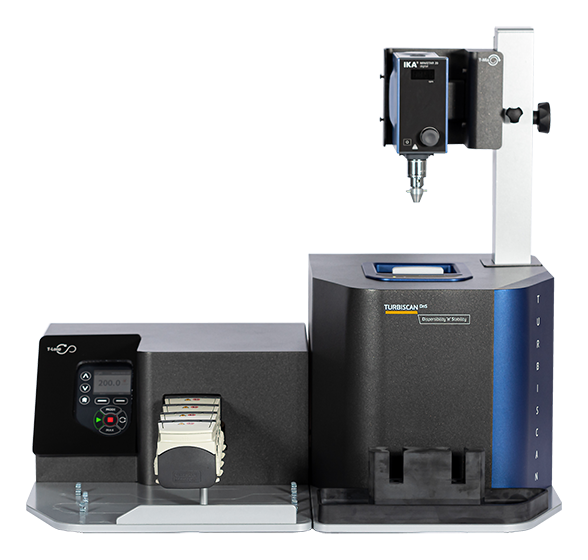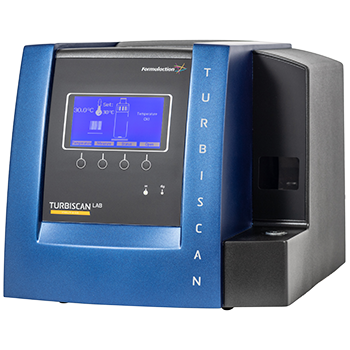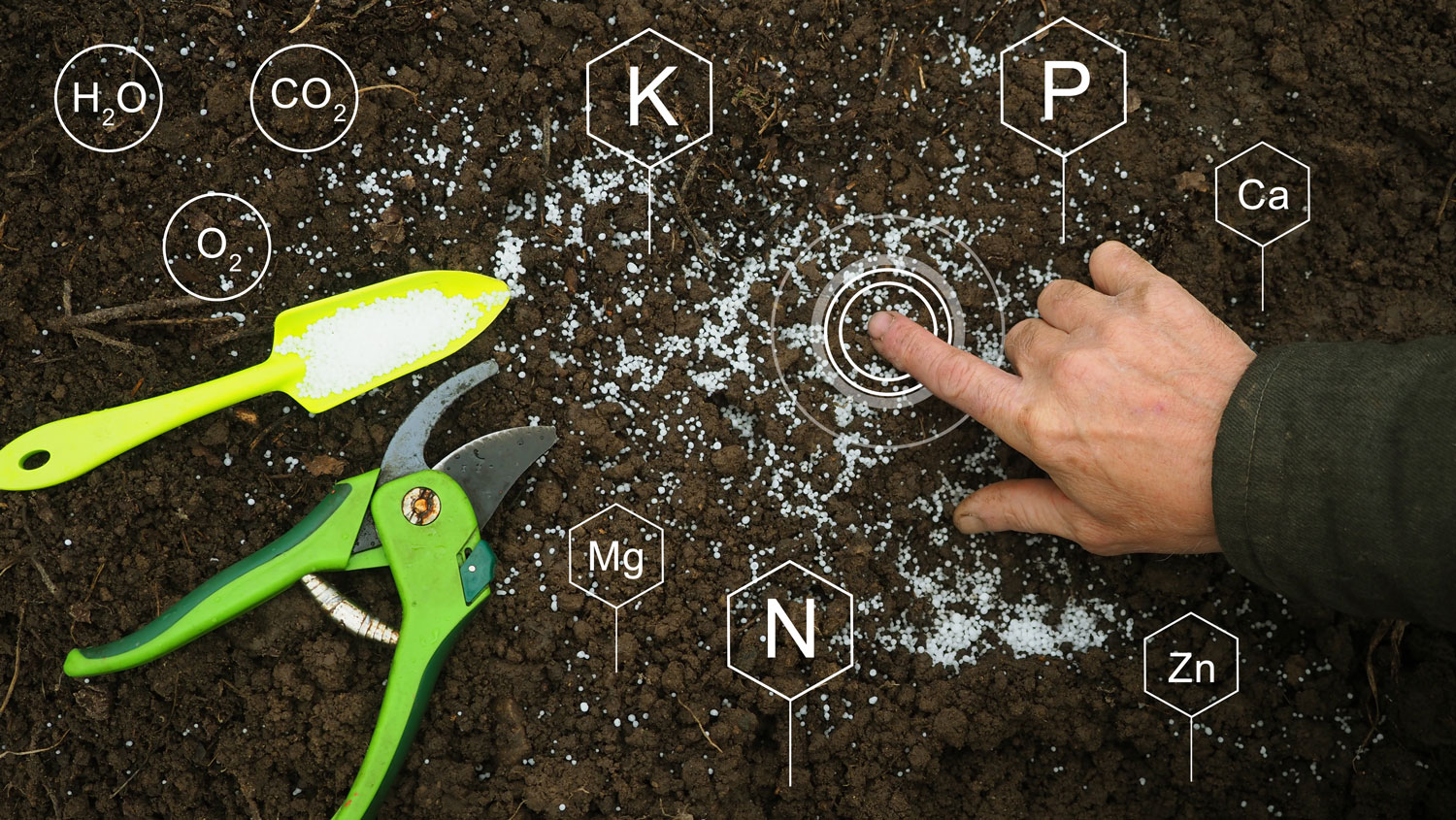
Ongoing demand for better performance and stability from fertilizers, growth agents and crop protection products means that agrochemical producers are constantly striving to develop more effective formulations. On top of this, a move toward both sustainability and automation in agriculture means agrochemical companies are being pushed to develop new, future-proof solutions such as viscous drone-compatible pesticide concentrates, biodegradable capsules and sustainable formulations based on plant extracts.
In this article, we look at the seven significant challenges facing the agrochemical industry today, and how equipment from Formulaction – such as the Turbiscan and Fluidicam – are helping agrochemical developers develop effective solutions quickly.
1. Multi-Active Ingredient Formulation
Multi-active ingredient agrochemical formulations can provide huge efficiency gains for farmers. With several active ingredients in a single product, the number of necessary applications is reduced, saving both time and money.
However, formulating multi-active ingredient products is much more complex than mixing different crop protection agents. All active ingredients have their own pH and moisture requirements, and some active ingredients can interact with each other in unwanted ways. Avoiding chemical degradation in multi-active products requires new techniques, such as encapsulation, oil dispersion (OD) and water-disposable granules (WG).1,2
Developing stable agrochemical formulations using these techniques is rarely straightforward – but the Turbiscan can make the process significantly easier by providing detailed insight into parameters such as dispersibility and stability. Using static multiple light scattering (SMLS) technology, the Turbiscan offers rapid and accurate characterization of sedimentation and mean particle size without dilution, enabling formulators to accelerate the development of new agrochemical products.
2. Moving to Oil Dispersions
As well as increasing the stability of moisture-sensitive ingredients, oil dispersions (ODs) can also act as adjuvants to increase the potency of other compounds. Keen to realize these benefits, agrochemical manufacturers are increasingly moving toward OD formulations. However, this move inevitably requires development time.
Using Turbiscan technology can speed up key parts of the development process, including choice of medium and dispersant, and optimization of emulsification process conditions.
The Turbiscan DnS allows formulators, for the first time, to passively measure parameters such as dispersibility and solubility at full concentration. With an integrated mixer and a loop function the DnS enables formulators to test the effect of mixing speed and other process conditions on the bench or in-line.
3. Replacing Microplastics in Capsule Suspension (CS) & Flowable Seed Treatment (FS) Formulations
Encapsulation has long provided a way to improve stability, combine incompatible compounds, and control the release of active ingredients in response to environmental conditions.3
Despite their advantages, many encapsulation techniques depend on the use of non-biodegradable synthetic polymers, which remain in the environment as microplastics. Agrochemical manufacturers are now looking toward biodegradable alternatives. The Turbiscan makes it simple to accurately compare these new polymers to their less eco-friendly counterparts by Turbiscan Stability Index (TSI) for stability and shelf-life prediction.
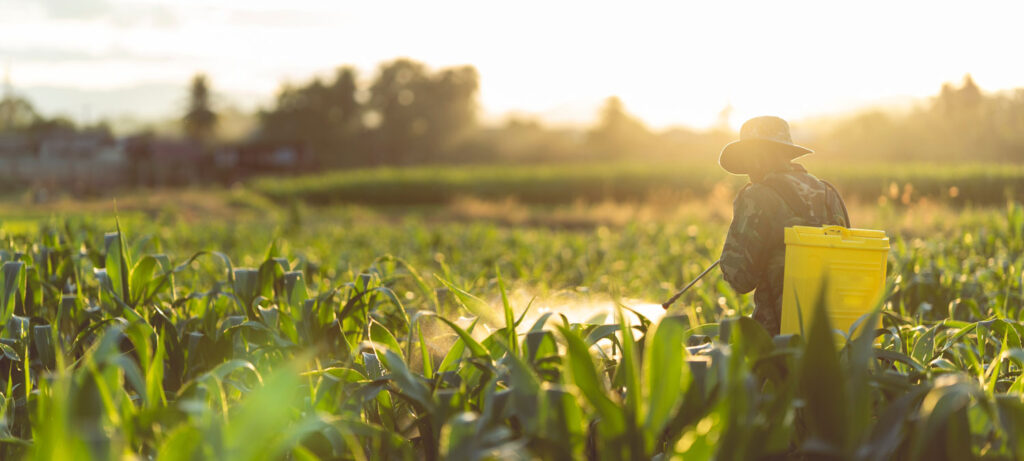
4. Improving Stability for Microbial Formulation
Microbial formulations that use live microbes to control pests and stimulate plant growth are a relatively recent development, showing promise as a sustainable approach to complement conventional agrochemicals.4 There are many challenges to the widespread commercialization of microbial formulations, not least the need to develop formulations that can remain stable for over a year in a range of environmental conditions.
In order to develop successful microbial formulations, agrochemical manufacturers must make constant changes to formulations until the desired performance is reached. The time required to see how these tweaks affect stability can be reduced by a factor of 1,000 using the Turbiscan.
5. Localizing Agricultural Formulations
Localization is an important concept in the agrochemical industry, where geographical variations in climate, soil chemistry, ecology, and legislation can all affect the viability of a given formulation.
Optimizing an agrochemical product for different regions of the world requires careful development and testing to ensure safety, efficacy and compliance with regulatory requirements. The Turbiscan enables agrochemical researchers to rapidly characterize the stability of different formulations, accelerating the development of region-specific products.
6. Formulating for Drone Applications and Precision Agriculture
Precision agriculture is a farming paradigm based on measuring and responding to crop variability over small areas. Drones are one of the key enablers of precision agriculture, capable of automatically carrying out detailed assessments of variability in crop health and deploying targeted agrochemical solutions in the form of crop protection or growth agents.5
Formulating agrochemical solutions for drone applications means developing viscous high-concentration products to minimize mass. Challenging to formulate in the first place, these are also likely to be non-Newtonian fluids. Formulaction’s Fluidicam is an optical rheometer that uses microfluidics to characterize flow characteristics. This enables agrochemical researchers to quickly and accurately assess the performance of concentrated formulations under realistic drone-spray conditions.
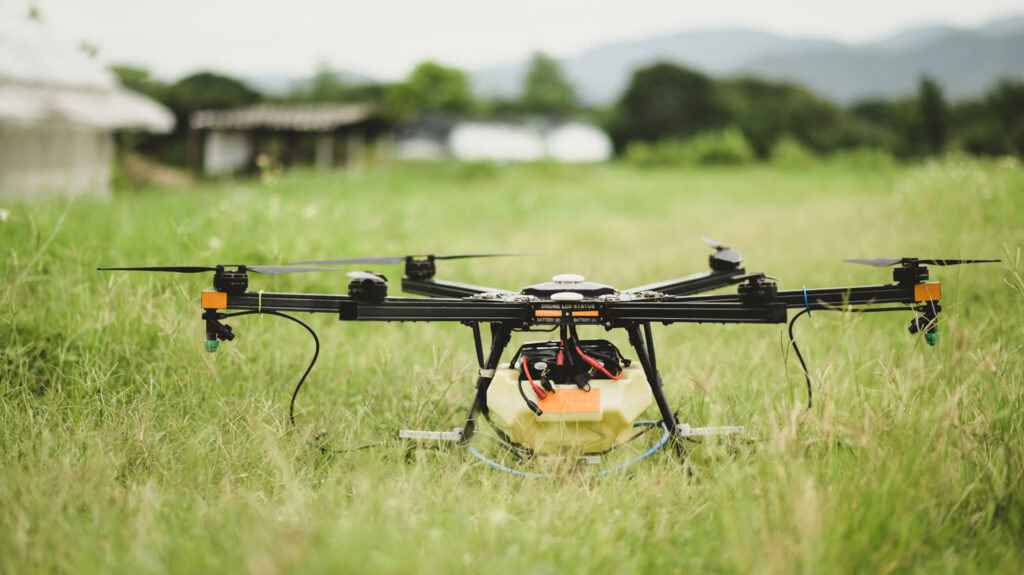
7. Utilizing Plant Extracts
Botanical pesticides based on plant extracts offer numerous advantages over synthetic compounds: as well as having a lower environmental load, they are typically highly specific and non-persistent in the environment.6
The natural world offers a huge wealth of untapped biochemical resources – but isolating and working with unfamiliar compounds can be challenging, especially when considering how they affect stability in base formulations. Finding a balance between stability and cost-effectiveness can be an arduous task when relying only on visual stability measurements. The Turbiscan enables agrochemical developers to save time in developing stable plant-based formulations.
Formulaction develops cutting-edge solutions for material characterization, including the Turbiscan stability analyzer and Fluidicam optical rheology system.
To find out more about how our systems accelerate agrochemical development,
Top 7 Formulation Challenges Facing the Agrochemical Industry Today was originally published by Formulaction.
References and Further Reading
- Hack, B. et al. Advanced Agrochemical Formulations through Encapsulation Strategies? Chemie Ingenieur Technik 84, 223–234 (2012).
- Mulqueen, P. Recent advances in agrochemical formulation. Advances in Colloid and Interface Science 106, 83–107 (2003).
- Tylkowski, B. et al. 11. Encapsulation technologies in agriculture. in Microencapsulation (eds. Tylkowski, B., Giamberini, M. & Fernandez Prieto, S.) 287–302 (De Gruyter, 2020). doi:10.1515/9783110642070-011.
- Montesinos, E. Development, registration and commercialization of microbial pesticides for plant protection. International Microbiology 6, 245–252 (2003).
- Puri, V., Nayyar, A. & Raja, L. Agriculture drones: A modern breakthrough in precision agriculture. Journal of Statistics and Management Systems 20, 507–518 (2017).
- Laxmishree, C. & Singh, N. Botanical pesticides -a major alternative to chemical pesticides: A review. 722–729 (2017).

